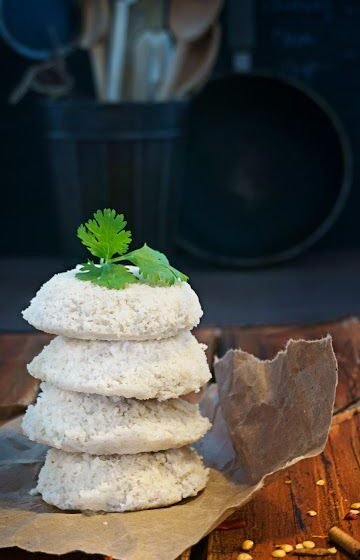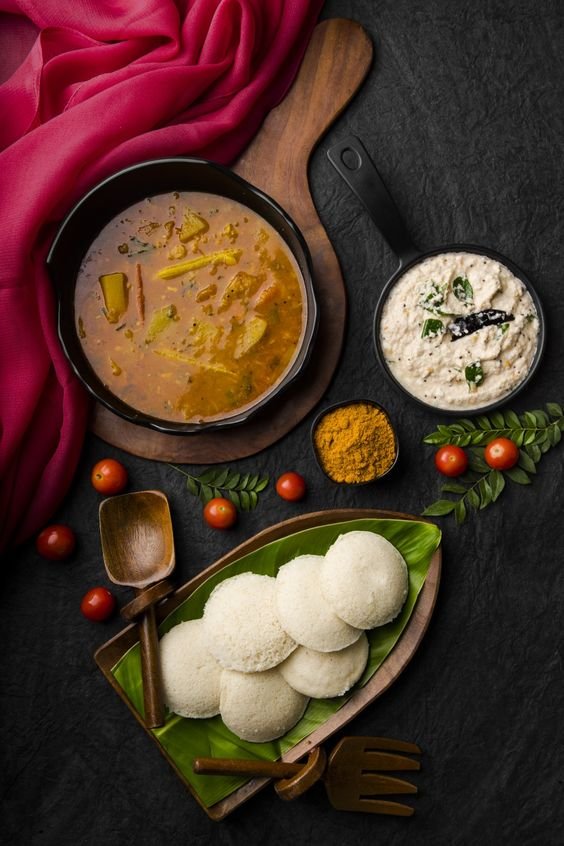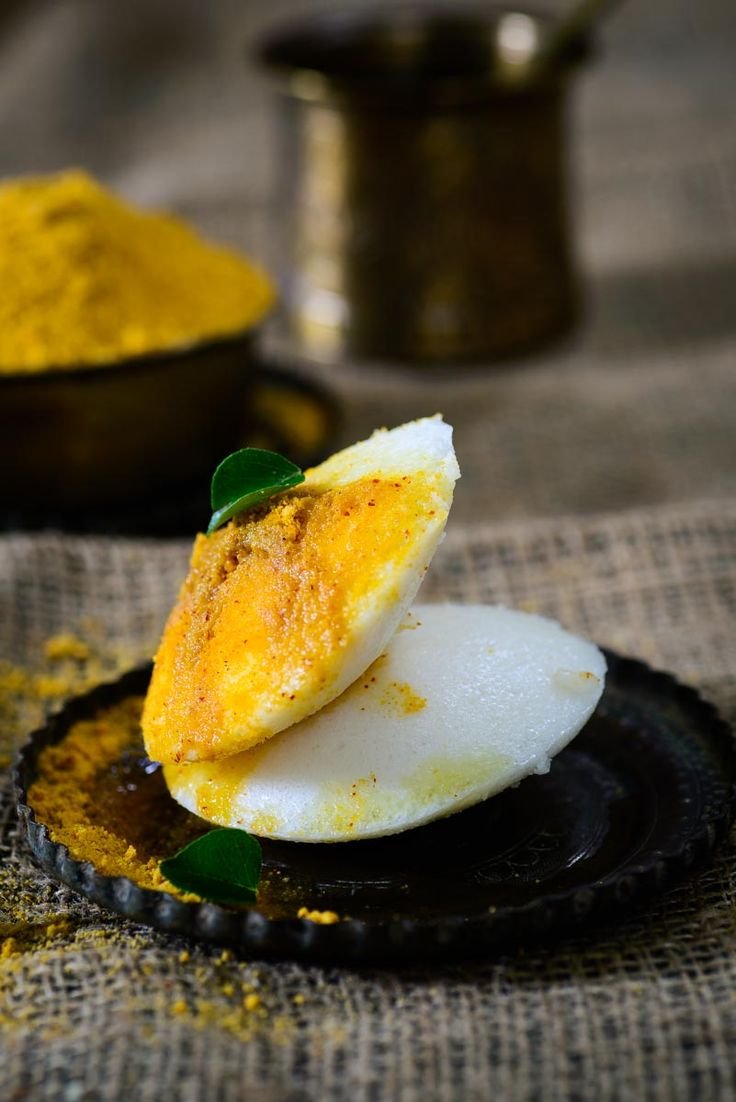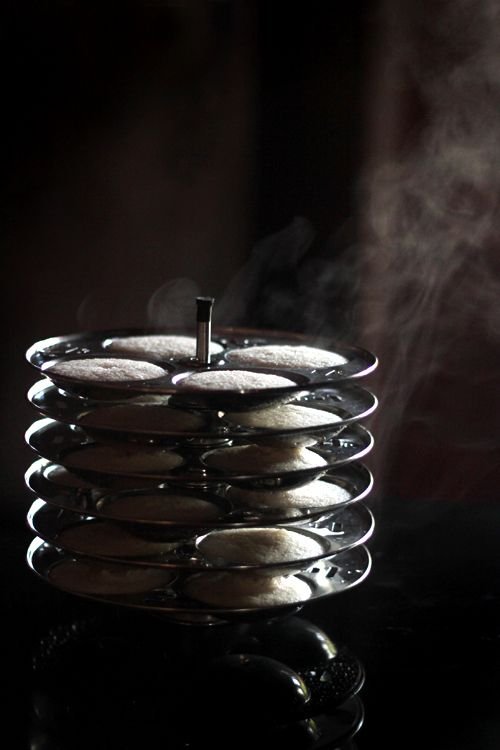Idli: A Soft and Savory Journey from Ancient Origins to Modern Delights

Idli, a quintessential South Indian delicacy, is a favorite breakfast option for millions of people worldwide. These soft, steamed rice cakes are not only a culinary delight but also a reflection of the rich history and cultural heritage of South India. In this blog, we delve into the fascinating history and origin of idli, tracing its evolution from ancient times to its popularity in contemporary cuisine.

Ancient Beginnings
The origins of idli can be traced back to the ancient kingdoms of South India, where rice and lentils were staple ingredients. The first mentions of idli can be found in ancient Tamil and Kannada literature. The Tamil text “Manasollasa,” attributed to King Someshvara III of the Kalyani Chalukya dynasty (circa 1124 CE), makes a passing reference to “iddalige,” a dish made from urad dal (black gram) and rice. Similarly, the Kannada work “Vaddaradhane” (circa 920 CE) by Shivakotiacharya mentions “Iddarika” or “Iddarige,” a dish prepared by steaming rice and urad dal batter.
It is essential to note that idli’s ancient form might have been different from the present-day version, as the process of making idli has evolved over the centuries.

Evolution and Culinary Influence
The evolution of idli can be attributed to several factors, including cultural exchanges, culinary ingenuity, and advancements in cooking techniques. Let’s explore the key milestones that contributed to the development of the idli we know and love today:
- The Introduction of Fermentation: One of the most significant innovations in idli preparation was the introduction of fermentation. Fermentation of the rice and lentil batter not only improved its taste and texture but also made it easier to digest. The practice of fermenting batter likely started during ancient times when people discovered that leaving the mixture overnight resulted in a lighter and fluffier idli.
- The Influence of Arab Traders: The coastal regions of South India, particularly present-day Kerala, had a thriving trade network with Arab merchants. Arab traders introduced the technique of fermenting rice and lentil batter to the locals, further enhancing the taste and nutritional value of idli. This culinary exchange also led to the use of spices like black pepper in idli preparation.
- The Advent of Stone Grinding: In ancient times, idli batter was traditionally ground using stone grinding equipment. This labor-intensive method ensured a smoother texture and contributed to the fine consistency of the batter, a hallmark of good idli.
- Shaping and Steaming: The technique of shaping idli into small, circular discs and steaming them in special idli molds likely evolved over time. The use of idli molds made it easier to cook the batter evenly, resulting in uniformly soft and fluffy idlis.

Regional Variations
As idli gained popularity across South India, different regions developed their own unique variations, reflecting local tastes and preferences. Some notable regional variations of idli include:
- Tamil Nadu: In Tamil Nadu, idlis are usually made with a combination of parboiled rice and urad dal. These idlis are typically small and fluffy, often served with coconut chutney, sambar, and a variety of podi (spice blends).
- Karnataka: In Karnataka, idlis are softer and slightly larger compared to their Tamil Nadu counterparts. The addition of poha (flattened rice) to the batter is a distinctive feature of Karnataka-style idlis. They are commonly served with chutney, sambar, and a unique lentil-based spicy powder called “chutney pudi.”
- Kerala: Kerala-style idlis, known as “vattayappam,” are made with a blend of rice and coconut. These idlis are steamed in small cups made from banana leaves, giving them a distinct aroma and flavor.
- Andhra Pradesh and Telangana: Known as “sannas,” the idlis in these regions are usually softer and more spongy. They are often prepared with a mix of rice and idli rava (coarsely ground rice), and served with chutney or tomato-based curry.

Idli Beyond South India
While idli is quintessentially South Indian, its popularity has transcended regional boundaries and reached global audiences. In metropolitan cities across India and in Indian restaurants worldwide, idli has become a popular breakfast and snack option.
In recent years, idli has also seen creative adaptations and modern twists. For health-conscious individuals, variations like “ragi idli” (made with finger millet) and “oats idli” have gained popularity. Additionally, innovations like “idli fries” and “idli manchurian” have emerged, showcasing the versatility of this traditional dish in contemporary cuisine.

Conclusion
Idli, with its ancient origins and evolution through the ages, is more than just a breakfast item; it is a cultural symbol that reflects the culinary heritage of South India. From its humble beginnings as a simple rice and lentil preparation to its place as a beloved comfort food worldwide, idli has stood the test of time.

As we enjoy the soft and savory goodness of idli, we also appreciate the rich history and culinary journey that have made it a beloved dish in Indian households and beyond. The legacy of idli continues to grow, and its adaptability and timeless appeal ensure that it will remain a cherished part of our gastronomic experiences for generations to come.


